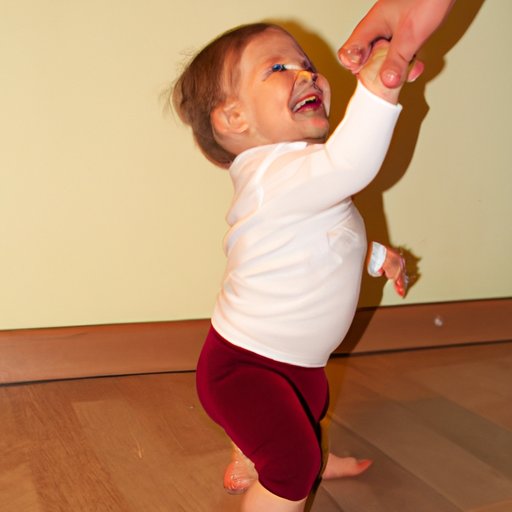Introduction
Dancing is a universal form of expression enjoyed by people of all ages. For babies, dancing can be an important way for them to explore their bodies and the world around them. While most parents know that babies love to move and groove, many may be wondering when do babies start to dance and what are the key developmental milestones associated with it? This article will take an in-depth look at these questions, as well as exploring the physical and cognitive benefits of early dance exposure, the movement patterns of babies who dance, the types of music that inspire baby dancing and the cultural significance of baby dancing across the world.
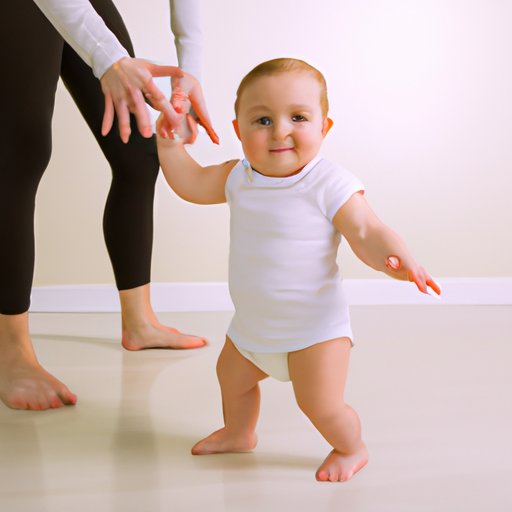
Exploring the Developmental Milestones of Baby Dancing
When do babies start to dance? Generally speaking, babies start to show signs of basic dance movements such as swaying and bouncing from around 3 months old. As they get older, they become more conscious of their body and begin to develop more complex movements such as clapping and stomping. By the time they reach 12 months old, many babies will be able to stand up and move to the beat of music.
What are the different developmental milestones that lead to baby dancing? From birth, babies instinctively move their arms and legs in response to music, and as they get older, they become more aware of their bodies and the space around them. Around 3 months old, babies learn to control their head and neck movements, allowing them to focus on sounds and rhythms. At 6 months, they start to develop gross motor skills, which enable them to bounce and sway in response to music. As babies get older, they become increasingly coordinated and able to perform more complex dance moves such as clapping and stomping. By the time they reach 12 months, many babies are able to stand up and dance to the music.
Understanding the Benefits of Early Dance Exposure for Infants
Early exposure to dance can provide infants with both physical and cognitive benefits. Physically, it helps to strengthen their muscles and improve their balance and coordination. It also encourages them to explore the world around them, as they learn to move their bodies in response to music. Cognitively, dancing helps to stimulate babies’ brains and encourage them to think creatively. It also helps them to develop language skills, as they learn to recognize and respond to different rhythms and sounds.
Analyzing the Movement Patterns of Babies Who Dance
Once babies start to dance, they tend to move in predictable patterns. These patterns can vary depending on the type of music being played and the individual characteristics of each baby. Some babies may be more energetic and move quickly to the beat of the music, while others may be more relaxed and move slowly. Other factors that can influence movement patterns include age, gender, temperament and physical abilities.
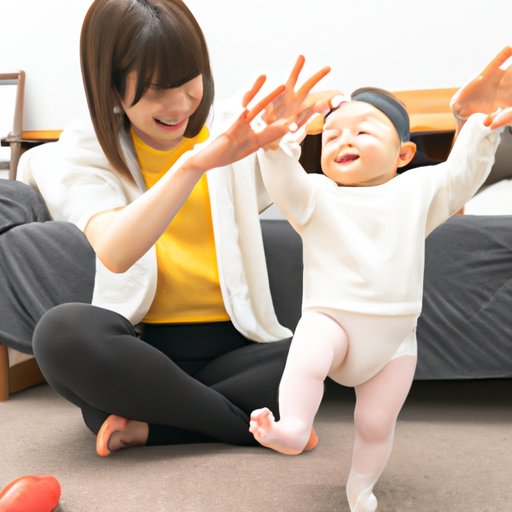
Reviewing the Types of Music that Inspire Baby Dancing
Different types of music can have a big impact on the way babies move. Popular genres for baby dancing include classical, jazz, hip-hop, reggae and country music. Rhythm is particularly important in encouraging babies to move, so songs with strong beats and catchy melodies are usually the best choices. It’s also important to remember that babies respond differently to different types of music, so it’s important to experiment and find out what works best for your baby.
Investigating the Role of Parental Interaction in Facilitating Baby Dancing
Parental involvement is key in helping babies to explore the joys of dancing. Parents can encourage their babies to move by singing, clapping, and tapping their feet along to the music. It’s also important to create a safe and fun environment where babies feel free to express themselves. Dancing together can help to strengthen the bond between parent and child and make it easier for babies to explore their bodies and the world around them.
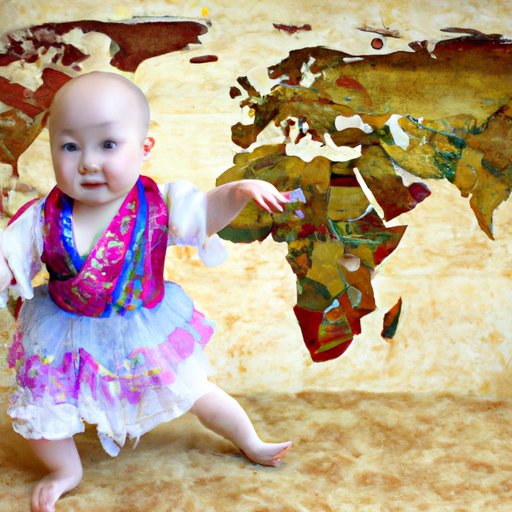
Examining the Cultural Significance of Baby Dancing Across the World
Baby dancing has been part of cultural traditions across the world for centuries. In some cultures, it’s used as a way to celebrate special occasions, while in others it’s seen as a way to welcome new life into the world. Different cultures have their own unique approaches to baby dancing, incorporating specific instruments and movements. For example, in India, baby dancing often involves traditional folk music and rhythmic hand gestures, while in West Africa, it’s common to use drums and other percussion instruments.
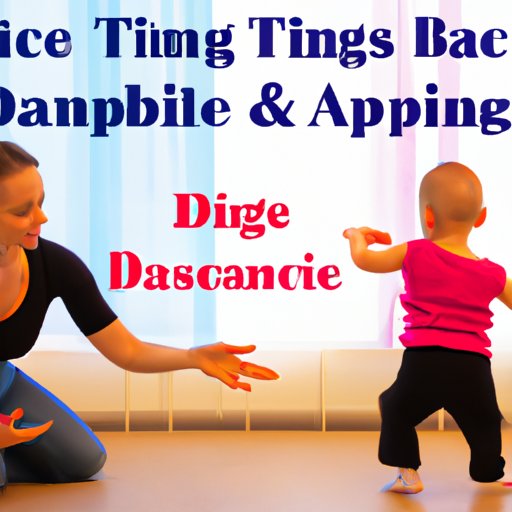
Comparing the Different Approaches to Teaching Baby Dance Classes
For parents who want to introduce their babies to the joys of dancing, there are a variety of baby dance classes available. These classes typically involve interactive activities such as singing, clapping and moving to the beat of music. Depending on the class, activities may also include props such as scarves and ribbons. The main aim of these classes is to help babies explore their bodies and the world around them in a safe and fun environment.
Conclusion
In conclusion, it’s clear that baby dancing is an important part of development for babies. From understanding the developmental milestones that lead to baby dancing to exploring the different types of music that inspire it, this article has examined the when, what, why and how of baby dancing. It has also looked at the physical and cognitive benefits of early exposure to dance as well as the role of parental interaction in facilitating it. Finally, it has explored the cultural significance of baby dancing across the world and compared the different approaches to teaching baby dance classes.
(Note: Is this article not meeting your expectations? Do you have knowledge or insights to share? Unlock new opportunities and expand your reach by joining our authors team. Click Registration to join us and share your expertise with our readers.)
